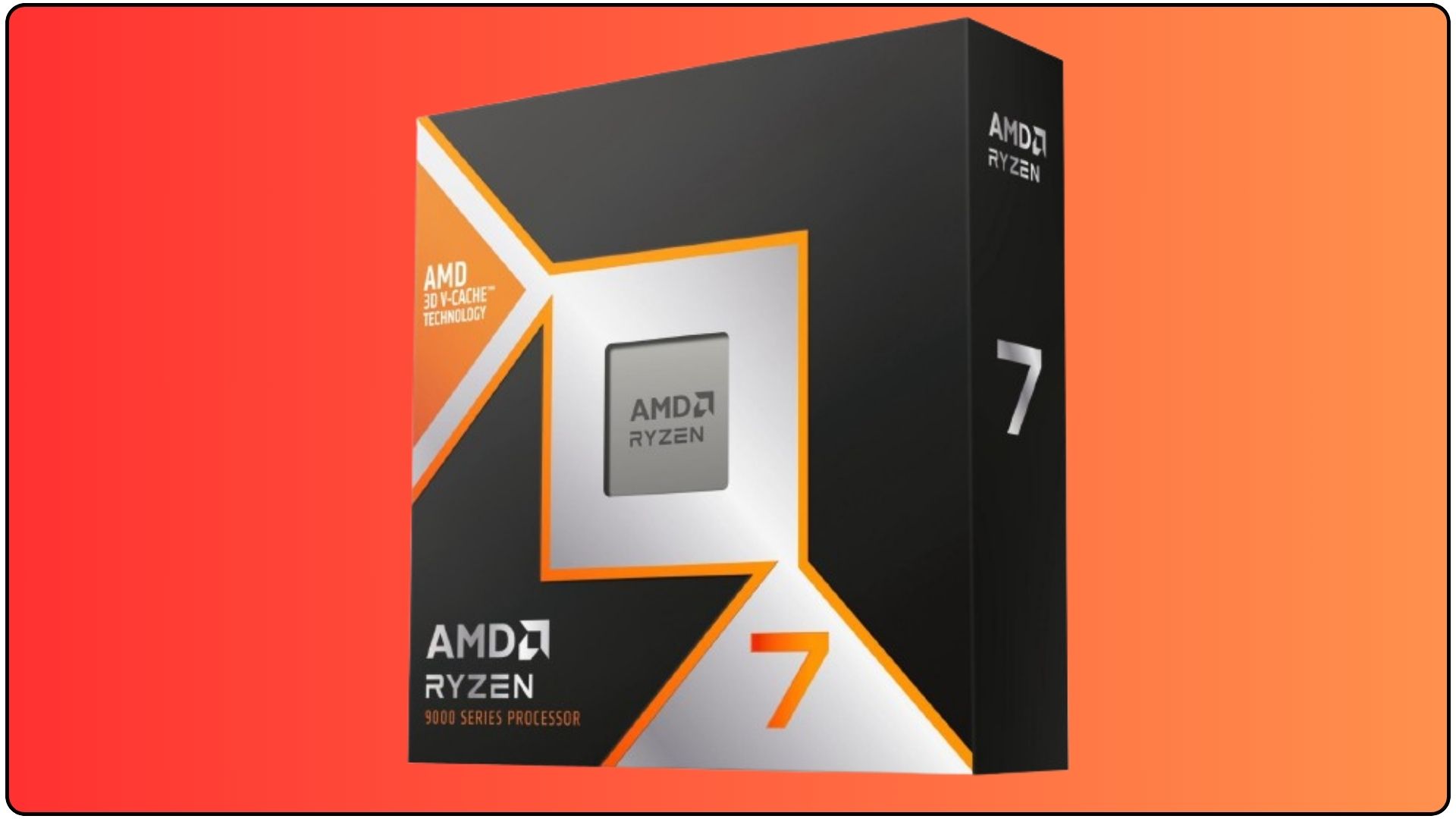Overclockers worldwide are already pushing and proving the proper limits of theRyzen 7 9800X3D, one of thebest CPUs. AMD’s latest Zen 5 chip with 3D V-Cache has achieved various overclocking records with liquid nitrogen.
Tony Yu, General Manager of Asus China (via hisWeibo account), detailed the process of hitting 6.9 GHz on the Ryzen 7 9800X3D. The overclocked chip achieved an average of 1400+ FPS inValorantand 1200+ FPS inCounter-Strike 2.Seeing as these are both modern CPU-bound eSports titles, that would make Ryzen 7 9800X3D far and away the best eSports gaming CPU — especially for enthusiasts also willing to achieve system-stable overclocks on their competition rigs.

However, 6.9 GHz wasn’t Ryzen 7 9800X3D’s ceiling. Although Yu’s accomplishment was impressive, MSI (via itsX account) overclocked the Ryzen 7 9800X3D to 7.2 GHz (7,241 MHz). Since this was just for show, stability and performance weren’t high on the priority list, so MSI disabled SMT to achieve the overclock.
For those unfamiliar, previous generations of Ryzen X3D CPUs had a slight drawback. The SRAM was located on top of the CCD, a design that significantly impacted heat dissipation. It was one reason why previous chips didn’t have high clock speeds, as AMD had to keep the thermals in check. As a result, there was limited overclocking on theRyzen 7 7800X3Ddue to the voltage restrictions.

With Zen 5, AMD has placed the SRAM underneath the CCD, allowing for better heat dissipation and power distribution. As a result, Ryzen 9000 X3D processors come with full overclocking capabilities, opening the door for direct frequency overclocking. Therefore, overclockers have the same freedom to overclock these 3D V-Cache chips as the vanilla counterparts, which is why we see these fantastic overclocks.
The Ryzen 7 9800X3D is already a top-tier gaming performer. However, users can squeeze extra performance out of the chip with manual overclocking if they have the right motherboard and CPU cooler. Obviously, these 6.9 GHz or 7.2 GHz clock speeds are out of reach for ordinary folk as they require liquid nitrogen. In ourRyzen 7 9800X3D review, using PBO (Precision Boost Overdrive) we saw a 2.6% improvement in gaming performance, 1.3% higher multi-threaded application performance, and a 2.9% improvement in single-threaded performance — not quite as exciting, but easily achievable.
Get Tom’s Hardware’s best news and in-depth reviews, straight to your inbox.
Christopher Harper has been a successful freelance tech writer specializing in PC hardware and gaming since 2015, and ghostwrote for various B2B clients in High School before that. Outside of work, Christopher is best known to friends and rivals as an active competitive player in various eSports (particularly fighting games and arena shooters) and a purveyor of music ranging from Jimi Hendrix to Killer Mike to the Sonic Adventure 2 soundtrack.